Producer George Martin said The Beatles were road weary when they entered the studio to record Beatles for Sale. Though he admitted the album wasn’t “one of their most memorable ones,” it marks an important transition for the band.
Videos by American Songwriter
Released in 1964, Beatles for Sale hints at the groundbreaking albums to come. But before they moved on, they’d revisit their formative years in Liverpool and their love of country music.
In hindsight, Beatles for Sale feels like a spring cleaning. Everything must go! Look at the album cover. The hair was getting longer. The faces, hardened by the road and the chaos of fame. But Bob Dylan—who also used American roots music to rewrite it—offered a new path. And he helped The Beatles escape the doldrums of pop music.
But first, everybody must get stoned!
It’s Not Dark Yet, But It’s Getting There
A Hard Day’s Night had only been on record store shelves for two months when The Beatles began a new session on August 11, 1964. Working under the time constraints of a demanding schedule, they pieced together a collection of cover songs, early originals from John Lennon and Paul McCartney, and a few new compositions.
Their fourth album—released in December 1964—exists as a threshold in The Beatles’ catalog.
Revisiting the Cavern Club-era covers linked The Beatles’ past to its future—with a bleak and moody album opener. “No Reply” finds Lennon in despair. It was clear from the start that a very different group had emerged. But the transition still held a familiar sound. Like “Eight Days a Week,” which topped the charts and gave fans what they loved from the mop-topped lads.
The next track, “I’m a Loser,” marks what Lennon called the beginning of his “Dylan period.” Here, he teases out a new songwriting style. By the following album, Help!, he’d fully absorbed the lessons Dylan had mastered in Greenwich Village’s folk scene.
The Beatles Meet Bob Dylan
On August 28, 1964, journalist Al Aronowitz arranged for The Beatles to meet Dylan at the Delmonico Hotel in New York. It was this meeting where Dylan allegedly introduced The Beatles to marijuana.
McCartney became so stoned he instructed a roadie to jot down his enlightened thoughts. But something had already changed with The Beatles. They’d reliably released hit singles, but McCartney and Lennon were restless. And Dylan’s music gave them a blueprint for something more serious.
When he released “Like a Rolling Stone” in 1965, Dylan challenged the conventions of the time, including the acceptable running length for a song. Said McCartney, “He showed all of us that it was possible to go a little further.”
Country and Western Music
Still, Beatles for Sale is grounded in country music. While they owe a lot to Little Richard and Chuck Berry, Lennon once said The Beatles wouldn’t have existed without Elvis Presley. And Presley doesn’t become the King of Rock and Roll without country music (and blues and gospel, too). He remarked on the importance of this American aesthetic he experienced as a child.
“I grew up with blues music, country and western music, which is also a big thing in Liverpool. One of the first visions I had was one of a fully dressed cowboy in the middle of Liverpool with his Hawaiian guitar, you know? That’s the first time I ever saw a guitar in my life. He had the full gear on,” Lennon said.
The American South by way of Liverpool arrives on Lennon’s twangy track “I Don’t Want to Spoil the Party.” Meanwhile, George Harrison nods to his guitar hero Chet Atkins across the entire album. (Harrison famously played a Gretsch Chet Atkins on The Ed Sullivan Show.)
And listen to Harrison lead The Beatles through the Carl Perkins tune “Everybody’s Trying to Be My Baby.” Lennon wasn’t the only Beatle in love with Sun Studio’s slap-echo tape machines.
Even Ringo Starr gets a turn, crooning through the rockabilly of Carl Perkins’s “Honey Don’t.” Here, The Beatles thread Memphis and Nashville and, like other British Invasion bands, reintroduced American roots music to its home country.
Skiffle Changed the World
But they wouldn’t get there without skiffle. Lonnie Donegan’s skiffle sound and love of American folk, country, and blues shaped The Beatles among a generation of British rock legends.
Donegan’s 1955 hit “Rock Island Line” stirred Lennon and Harrison to pick up the guitar. The following year, Lennon formed The Quarrymen. He met McCartney at a church gig near Liverpool, and a shared love of skiffle forever changed the course of music history.
The Beatles may have felt for sale in 1964, but both Dylan and the old American songbook showed them a way out. Then they became the new standard.
Photo by Mark and Colleen Hayward/Redferns


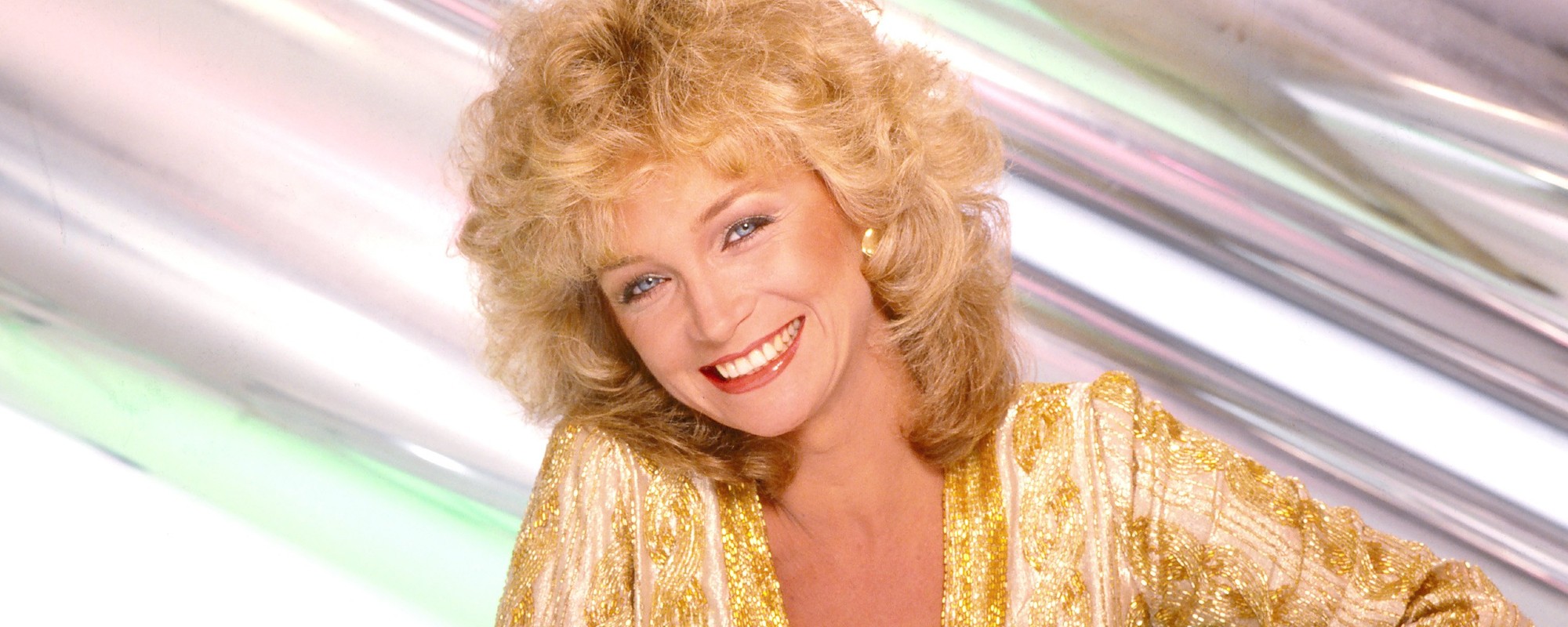
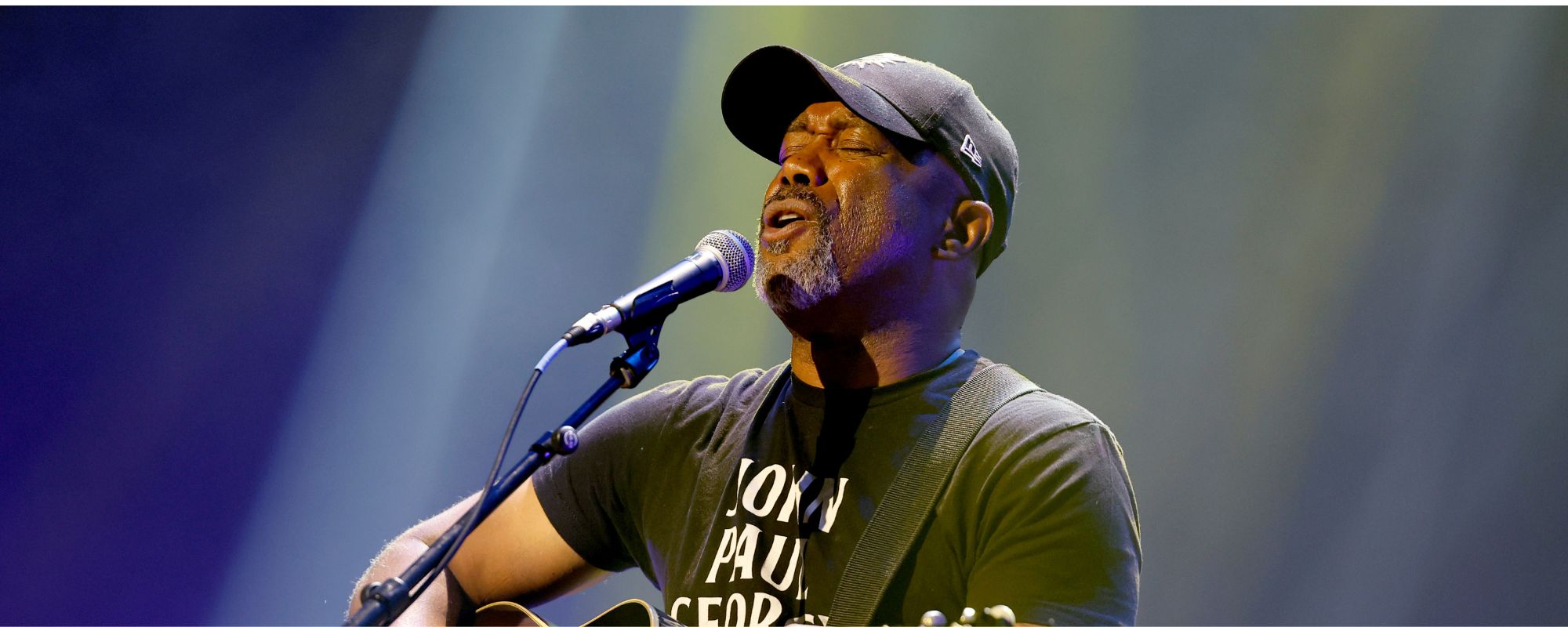
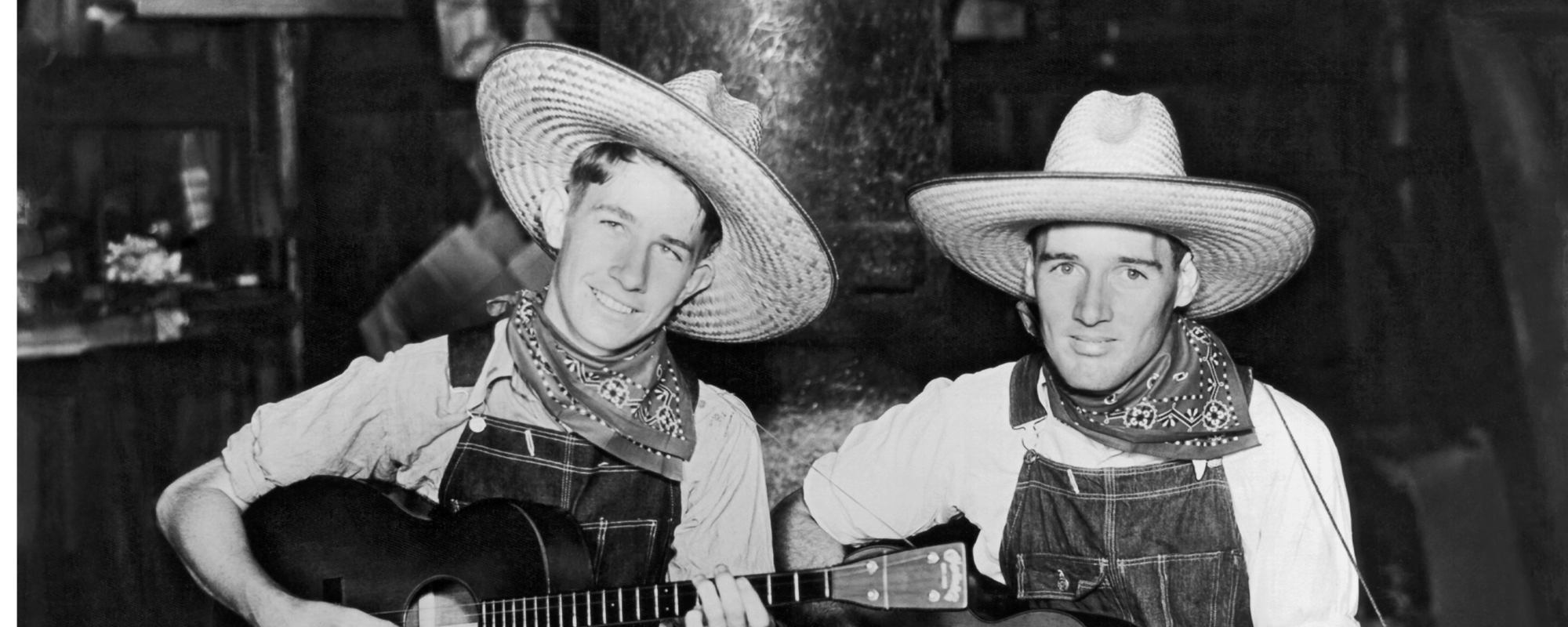
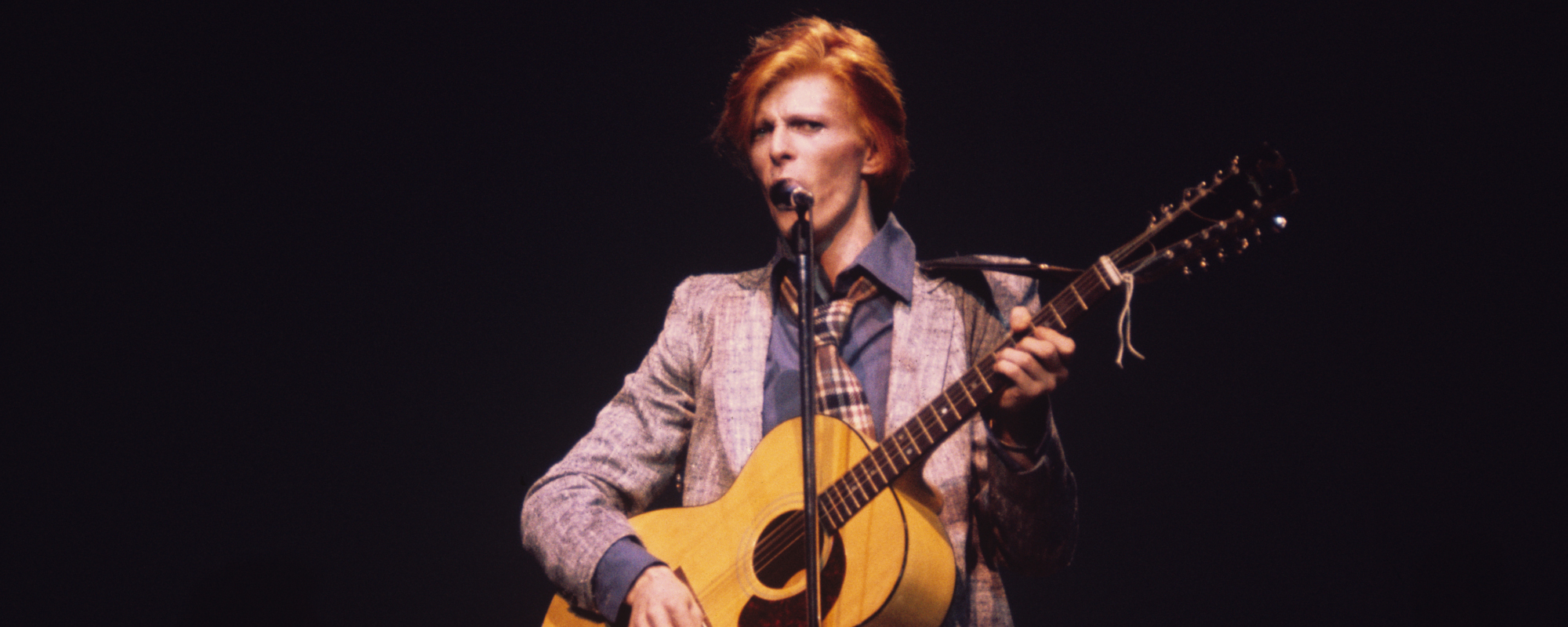

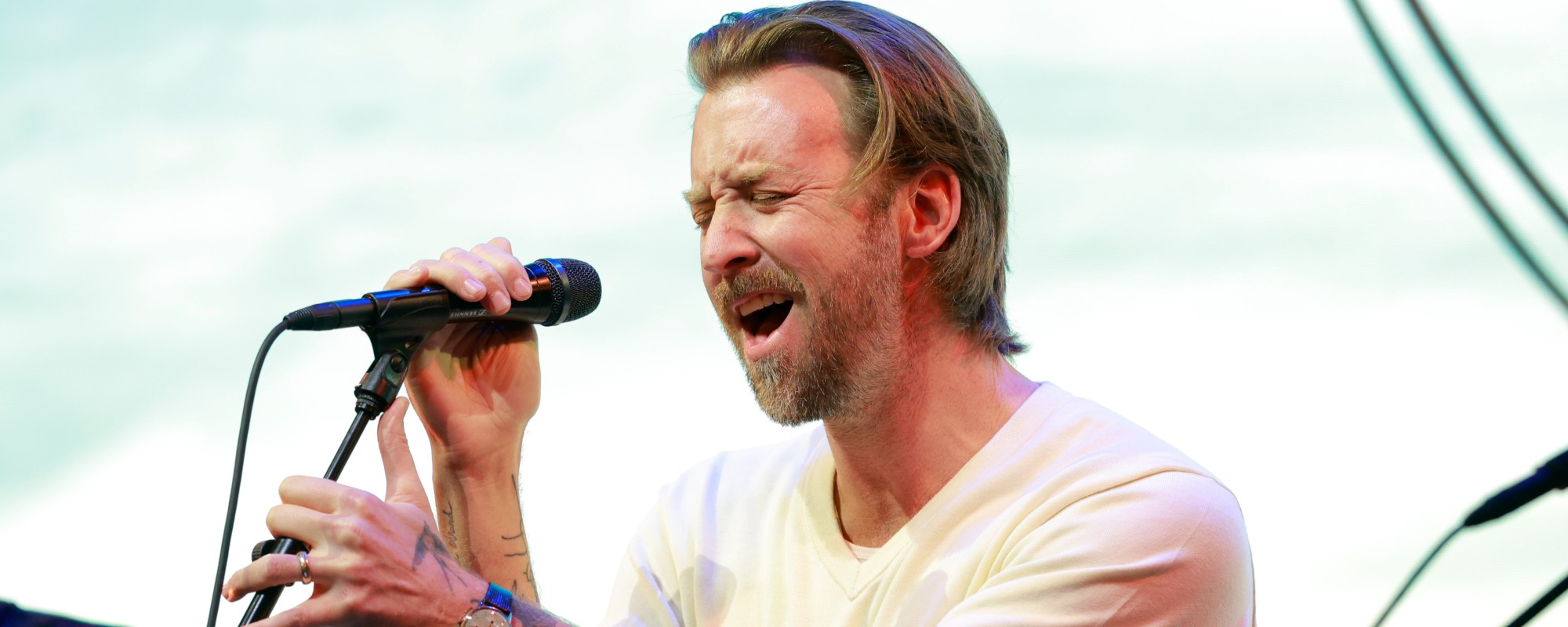

Leave a Reply
Only members can comment. Become a member. Already a member? Log in.